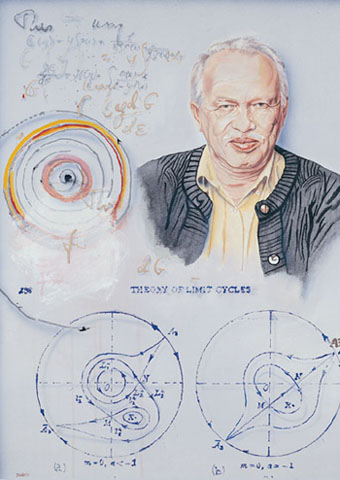Are you a journalist? Please sign up here for our press releases
Subscribe to our monthly newsletter:

What are 6 feet compared to many trillions of miles? What is the human life span compared to billions of years? Yet humans nonetheless seek to understand the universe, unfazed by its magnitude. Seemingly against all odds, their findings are gradually illuminating some extremely complex problems.
An analytic method developed by Isaac Newton is one tool that helps scientists investigate the universe. According to this method, a problem that is hard to deal with on account of its large size is divided into numerous small problems better adapted to our capabilities. Each small problem is studied separately, in the hope that once all the small problems are solved, scientists will be able to piece the solutions together to resolve the large problem. In other words, working out a small problem can help us understand the laws and properties of the universe.
Prof. Yosef Yomdin of the Mathematics Department uses this method to study questions pertaining to the universe. One question, called “the center focus problem,” tries to distinguish when a system, such as the solar system, will behave like a series of concentric orbits and when, in contrast, the system's orbiting objects will “escape.” This question, posed by a French mathematician, Henri Poincare, at the end of the 19th century, is related to the stability of solar systems and the possibility that planets such as the earth might “flee” the system.
Yomdin recently found links between this question and several other fields in mathematics. His findings could help reveal the solution to this problem, more than 120 years after it was propounded by Poincare.
Prof. Yomdin is the incumbent of the Moshe Porath Professorial Chair in Mathematics.